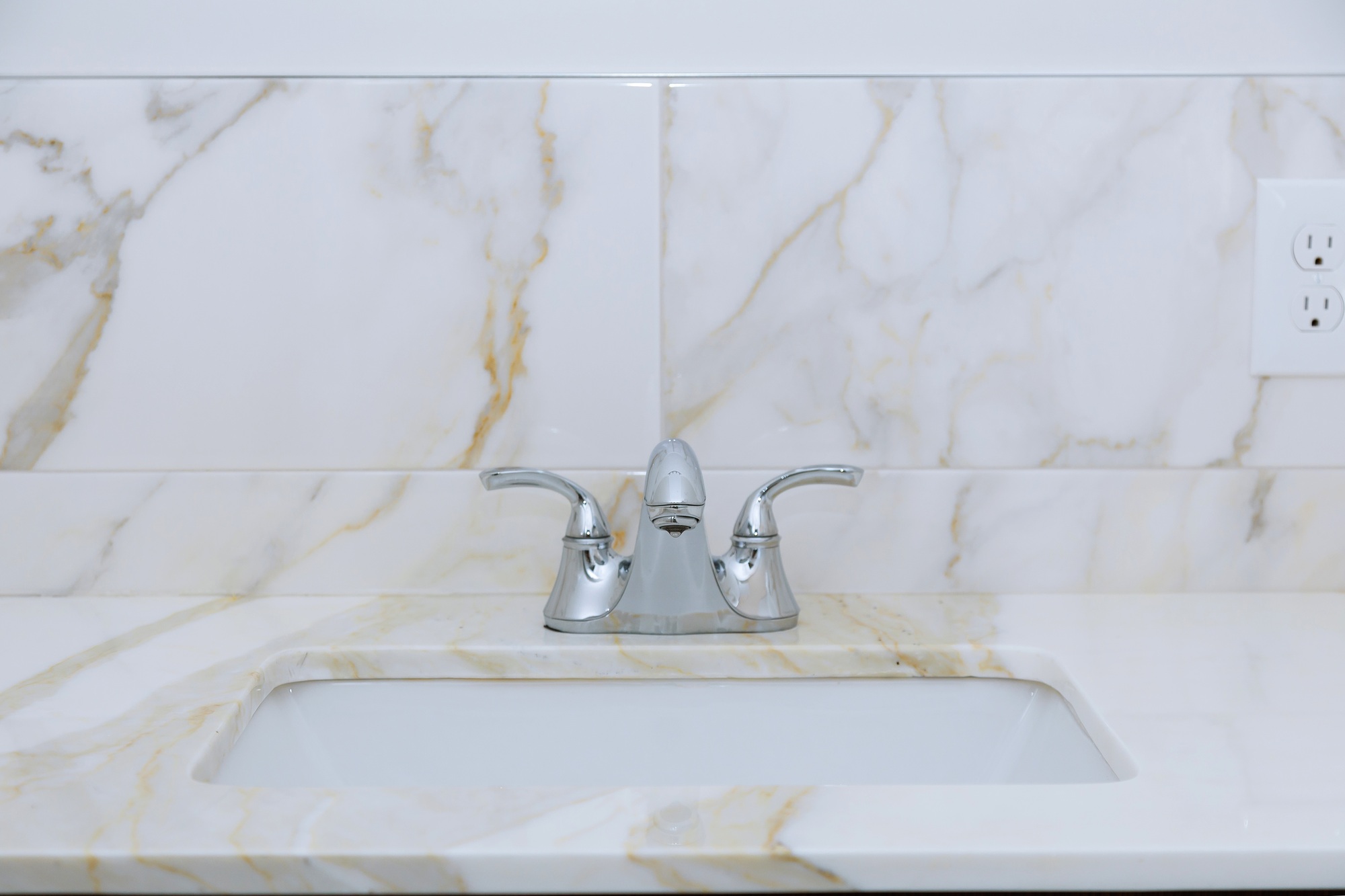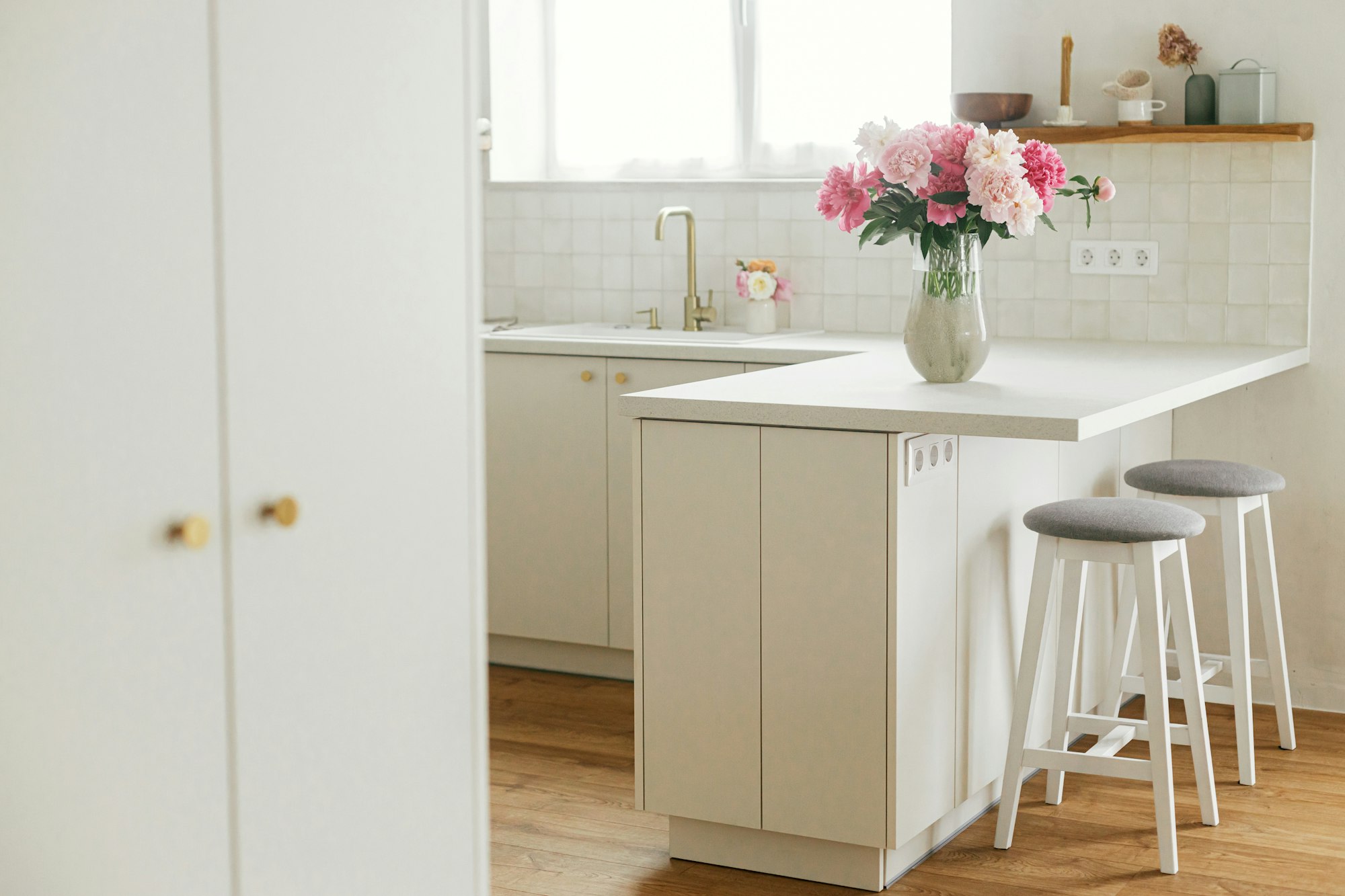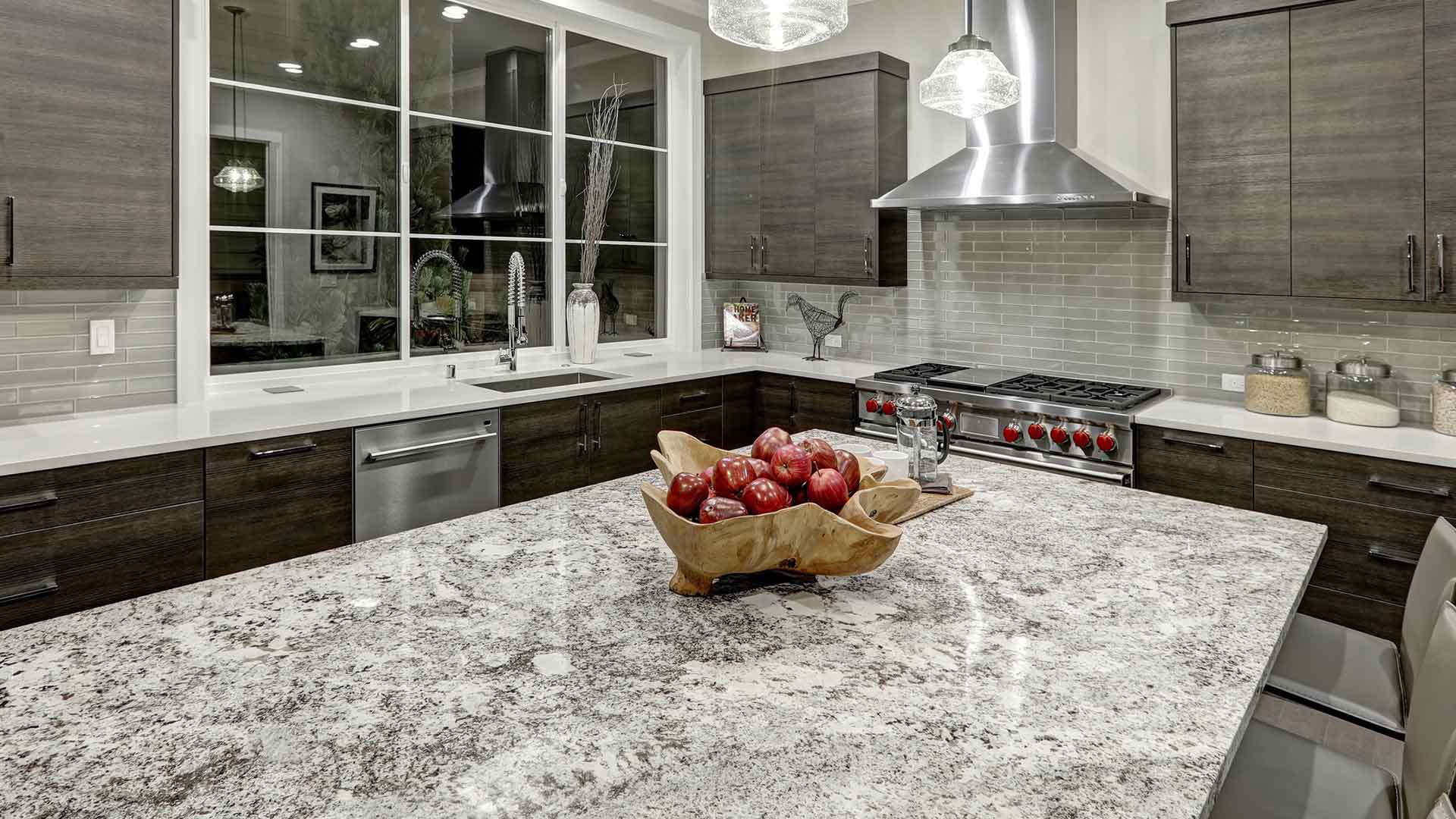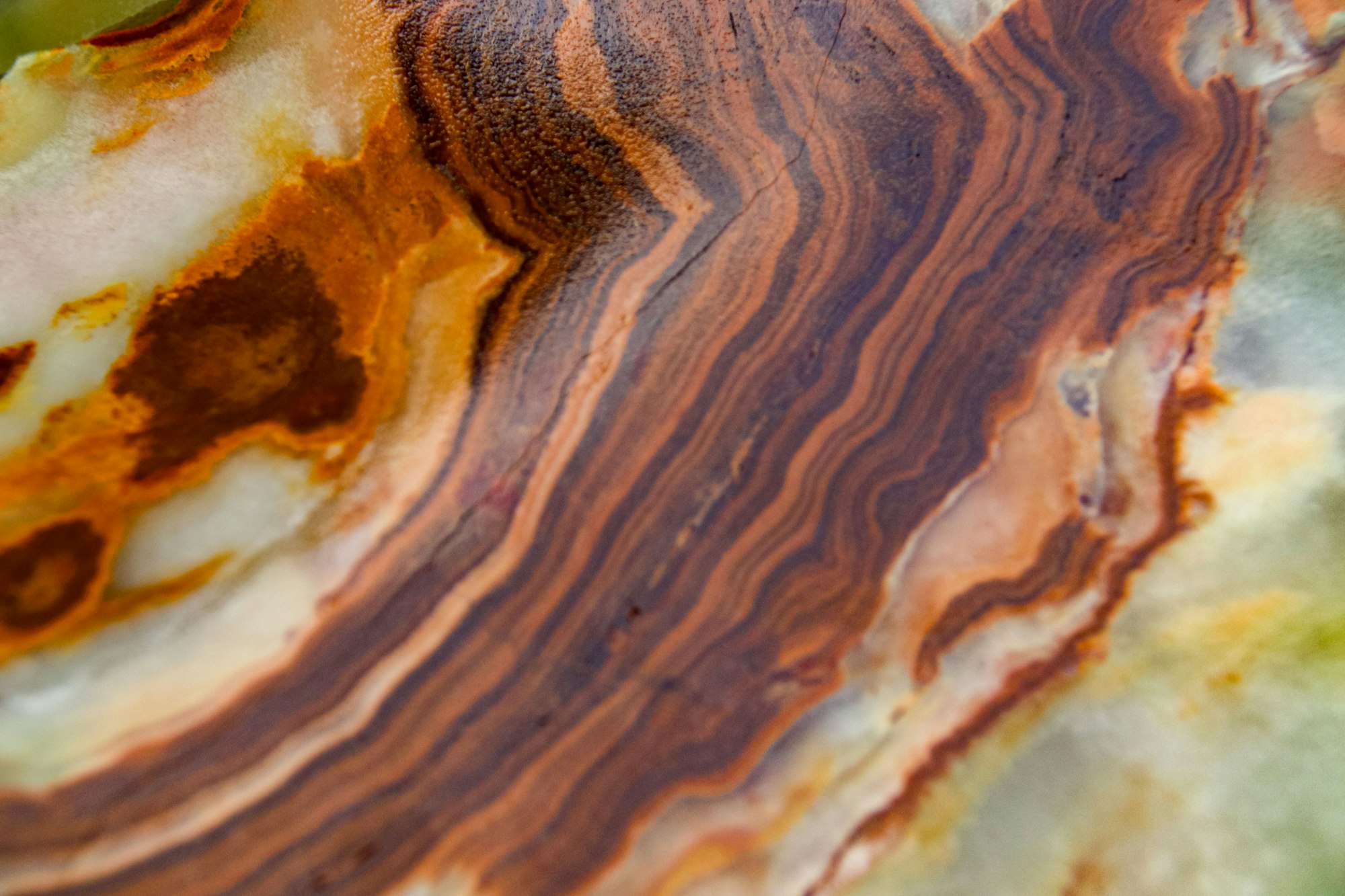
Stone surfaces can add unparalleled beauty and sophistication to your home. But to keep them looking their best, they need the right care and protection.
Whether you’ve got marble countertops, granite floors, or a slate backsplash, each type of stone requires specific maintenance to prevent damage and ensure longevity.
The first step in protecting your stone surfaces is understanding the type of stone you have. Some stones, like marble, are particularly sensitive to acids, while others, such as granite, are more resistant but still need sealing.
Once you know your stone type, consider the following top tips to keep your surfaces in pristine condition:
Different types of natural stone have distinct characteristics, and understanding these can be crucial for proper care. For instance, granite is incredibly durable but still needs to be sealed regularly to maintain its resistance to stains and scratches.
On the other hand, marble, while elegant and classic, is more porous and susceptible to etching and staining. Knowing the nuances of your particular stone type allows you to tailor your maintenance efforts, ensuring longevity and maintaining that pristine look.
The first step is to identify your stone correctly. If you’re not sure, consider consulting with a professional. Incorrect identification can lead to inappropriate care routines that might actually damage your surfaces in the long run.
Investing time in understanding your stone’s properties means you’ll be better equipped to provide the specific care it needs. This proactive approach can save you from future headaches and expensive restorations.
Consistency is key when it comes to maintaining the beauty of your stone surfaces. Establishing a simple daily cleaning routine can make all the difference. Start by using a soft, damp cloth or mop to wipe down your stone surfaces. This helps in removing dust, dirt, and spills that could potentially cause damage if left unattended.
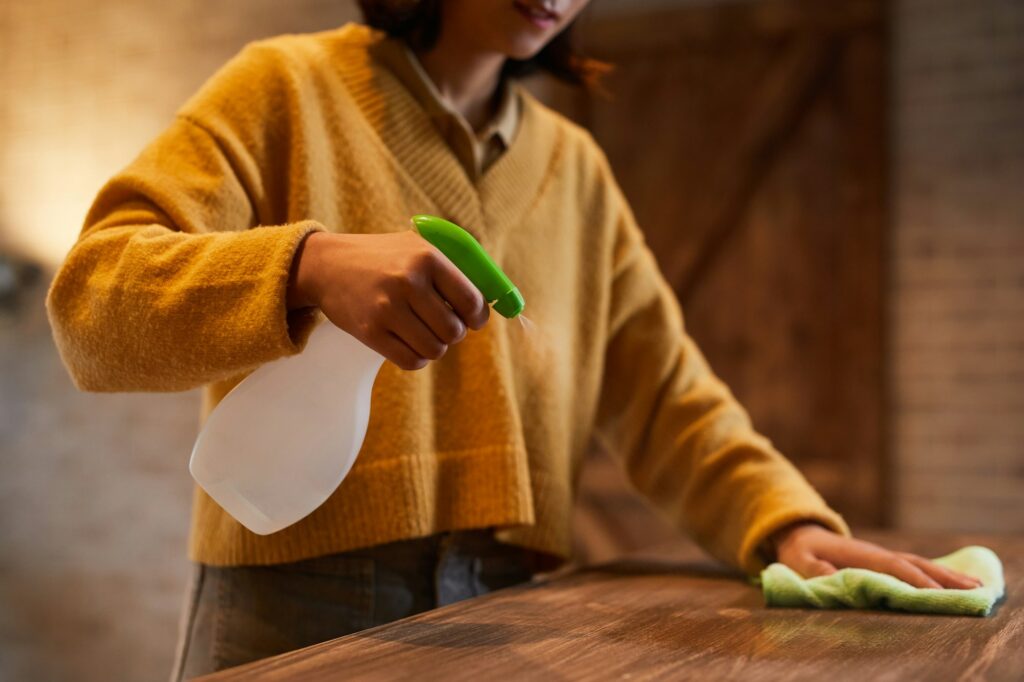
Avoid using harsh chemicals or abrasive scrubbers as these can etch or dull the stone’s finish. Instead, opt for pH-neutral cleaners that are specifically designed for stone. They effectively lift dirt and grime while preserving the stone’s natural luster. Always check the label to ensure that the cleaner is suitable for your type of stone.
One pro tip is to tackle spills immediately. Stone surfaces, especially those made from porous materials like marble or limestone, can absorb liquids, leading to stains. Simply blot the spill with a clean cloth, and then follow up with your daily cleaner. This small step can prevent long-term damage and keep your surfaces looking pristine.
Lastly, don’t forget to dry the surface thoroughly. Water left on the stone can cause water spots or encourage the growth of mold and mildew, particularly in areas like kitchens and bathrooms. A quick wipe down with a dry cloth after cleaning ensures that your stone surfaces remain in top condition.
Choosing the right cleaning products is paramount. Stone surfaces are naturally porous and can be sensitive to certain chemicals, so it’s crucial to get this part right. Here are some essential dos and don’ts to keep your stone surfaces looking their best:
| Do | Don’t |
|---|---|
| Use pH-neutral cleaners: These are gentle and won’t damage the stone. Look for products that specifically say they are safe for stone surfaces. | Avoid acidic or alkaline cleaners: Products containing vinegar, citrus, ammonia, or bleach can etch or dull the stone’s surface. |
| Test in an inconspicuous area: Before applying any new cleaner widely, test it on a small hidden area to ensure it doesn’t cause discoloration or damage. | Skip abrasive scrubbers: Steel wool or scouring pads can leave scratches, making your stone more susceptible to dirt and damage. |
| Use soft cloths or sponges: Abrasive tools can scratch your stone, so always opt for something soft when wiping down your surfaces. | Don’t forget to rinse: If you’re using a diluted cleaner, make sure to rinse the surface thoroughly with water to remove any residue. |
Remember, maintaining the beauty of your stone surfaces is all about using the right products and techniques!
When it comes to maintaining the beauty and durability of your stone surfaces, consistent long-term care is essential. Neglecting to follow proper maintenance routines can lead to costly repairs or replacements down the line. Here are some valuable tips to help ensure your stone surfaces stand the test of time:
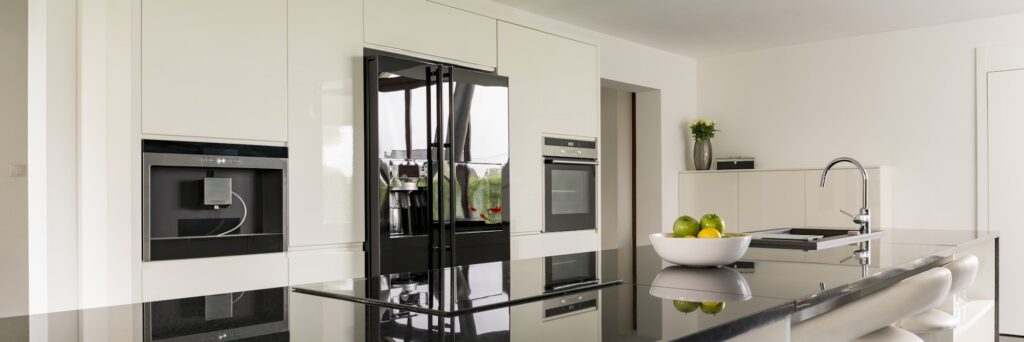
Sealing your stone surfaces acts as a protective barrier against stains and moisture. Ideally, you should reseal natural stone surfaces every six months to two years, depending on the type and usage. Always test a small, inconspicuous area before applying any sealant to ensure compatibility.
Prevention is better than repair. Place mats under hot cookware and coasters under glasses to prevent heat damage and staining from acidic beverages. A little precaution goes a long way in preserving the stone’s appearance and integrity.
Accidents happen, but prompt action can prevent permanent damage. Clean spills as soon as they occur, using a soft cloth and a mild dish soap solution. Avoid abrasive scrubbing pads which can scratch the stone’s surface.
Particles of dirt and dust can be abrasive and gradually wear down the surface finish. By sweeping or dusting regularly, you can reduce the risk of such wear. Microfiber cloths are an excellent choice for capturing dust without causing scratches.
Many commercial cleaners contain acids, bleach, or ammonia, which can damage natural stone. Stick to pH-neutral cleaners specifically formulated for stone surfaces for safe and effective cleaning.
Despite your best efforts, sometimes your stone surfaces might need professional intervention. Scheduling professional deep-cleaning and resealing once a year can immensely boost the longevity of your stone surfaces. Experts can handle stubborn stains and scratches that regular home care might not address.
By incorporating these long-term care tips into your routine, you’re not only preserving the beauty of your stone surfaces but also enhancing their lifespan. Remember, a little proactive maintenance now can prevent significant issues in the future.
Stone floors not only add elegance to your home but also require specific care to keep their beauty intact. Establishing a regular maintenance routine can make all the difference. Here are some essential tips to ensure your stone floors stay pristine:
Begin with consistent sweeping or vacuuming to remove dirt, sand, and debris. These particles can act like sandpaper, scratching and dulling the surface of your stone. Use a soft-bristle broom or a vacuum cleaner with a setting specifically for hard floors to avoid any damage.
When mopping, always use a damp mop rather than a soaking wet one. Excessive water can seep into the stone and grout, potentially leading to stains and weakness. Opt for pH-balanced stone cleaners that are specially formulated to clean without harming your stone floors.
High-traffic areas tend to wear down faster. Place rugs or mats in these spots to protect the stone from excessive wear and tear. Make sure these mats are non-slip and free of any rough backing that could scratch the floor.
Just like countertops, stone floors benefit significantly from regular sealing. Depending on the type of stone, you may need to reseal your floors every 6-12 months. Perform a water test by sprinkling a few droplets on the surface. If the water doesn’t bead up, it’s time to reseal.
Accidents happen! For those inevitable spills, blot up the substance immediately rather than wiping, which can spread the stain. Apply your stone cleaner with a soft cloth and rinse with clean water if necessary.
By following these tips, you can maintain the longevity and luster of your stone floors, ensuring they remain a standout feature in your home for years to come.

While your daily and weekly routines are essential, don’t underestimate the value of regular professional inspections. Hiring a skilled professional to examine your stone surfaces can reveal underlying issues that are not immediately apparent. Over time, wear and tear, minor cracks, and other imperfections can develop and, if left unaddressed, could lead to more significant, costly damage.
A professional inspection typically involves:
The expert can recommend specific restoration processes, like polishing or honing, to bring back the stone’s natural beauty and prolong its lifespan. They also have access to specialized tools and products not available to the average homeowner, ensuring a level of care that goes beyond routine maintenance.
Consider scheduling an inspection at least once a year. This proactive approach not only helps in preserving the aesthetic and functional aspects of your stone surfaces but also provides peace of mind, knowing any potential problems are caught early. Regular professional care is an investment in the longevity and appearance of your stone features, keeping them looking pristine for years to come.
Resealing your stone surfaces is essential to maintaining their beauty and durability. Typically, you should aim to reseal every 1-2 years depending on the type of stone and its usage. High-traffic areas may require more frequent attention, so always monitor the state of the seal and act accordingly.
While natural cleaning agents like vinegar and lemon juice are effective for many surfaces, they can harm your stone surfaces. The acidity in these substances can etch and dull the finish of your stone. Instead, use pH-neutral cleaners specifically designed for stone to ensure their protection and longevity.
If a stain does manage to penetrate your stone surface, it’s crucial to act quickly. Blot the stain with a clean cloth and use a poultice designed for stone to pull the stain out. If the stain persists, don’t hesitate to contact a professional for specialized treatment.
Always opt for pH-neutral, non-abrasive cleaners specifically designed for stone surfaces. Avoid products containing acids, ammonia, or bleach, as these can damage the stone. When in doubt, consult the manufacturer’s guidelines or get advice from a professional.
While regular cleaning and care can be managed on your own, periodic professional maintenance is beneficial. Experts can provide deep cleaning, resealing, and repair services that keep your stone surfaces looking pristine and extend their lifespan.
To sum it up, taking good care of your stone surfaces is essential to maintaining both their beauty and functionality over time. By understanding your stone type, adhering to proper cleaning rituals, and being mindful of the products you use, you can significantly extend the life of your stone installations.
Remember, regular maintenance isn’t just about cleaning—it’s about prevention, preservation, and protection.
From daily cleaning practices to long-term care strategies, every step you take makes a difference. Don’t underestimate the power of regular sweeping and prompt spill cleanup.
And when in doubt, always lean towards gentle, stone-safe cleaning solutions. The goal is to keep your surfaces looking as stunning as the day they were installed.
Moreover, professional advice and inspections can provide that extra assurance that your stone surfaces are well-cared for. The investment in professional services might seem significant, but it pays off in the longevity and durability of your stone.
After all, these surfaces are not just functional but also add aesthetic value to your home.
Transform your home with stunning tile and stone solutions from DC Tile and Stone. Whether you’re looking to upgrade your floors, walls, or outdoor spaces, we provide top-quality materials and expert installation to bring your vision to life.
Don’t settle for less—trust our team to deliver exceptional results that last
